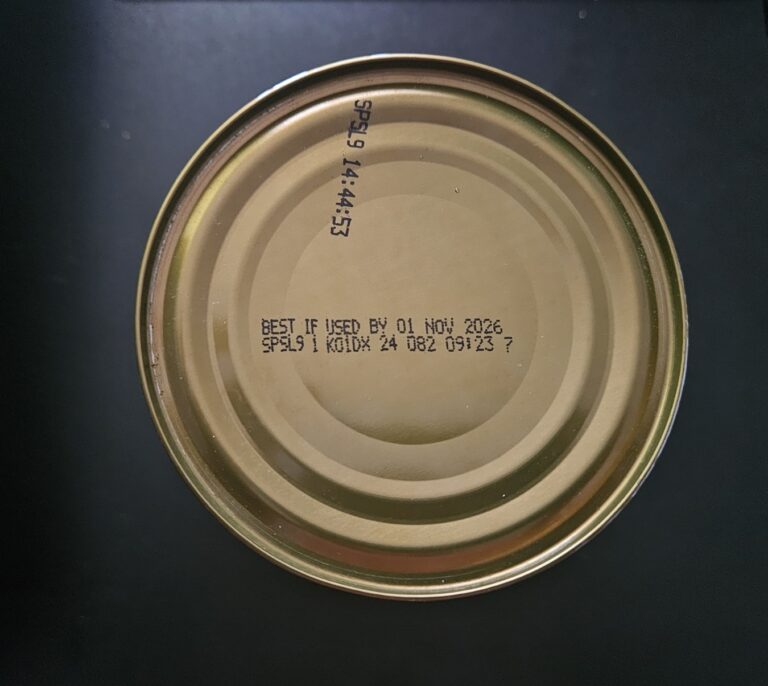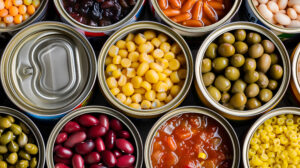In a little over a year, any food sold in California must meet a new date labeling regulation which vastly limits the allowed verbiage for a food quality or safety date label. The food and beverage products labeling regulation (AB 660) requires that the label of food manufactured for human consumption on or after July 1, 2026:
- Only use the following date terms to indicate:
- Safety: USE by [date] or USE by or Freeze by [date]; or UB if the food item is too small to include the above
- Quality: BEST if Used by [date] or BEST if Used or Frozen [date]; or BB if the food item is too small to include the above or it is a beverage defined in Section 14504 of the California PRC
- Not include the phrase “Sell by.” However, coded formats not easily readable by consumers that do not use the phrase sell by can be included on a label for industry information.
Although it is a California law, not a federal law, the initiative impacts the entire food industry just as has California’s previous regulation banning brominated vegetable oil (BVO), potassium bromate, propylparaben, and red dye 3. Not only is it challenging, and often financially unfeasible, to formulate – or label – a food differently for California and the rest of the US, but the regulation is likely to further inform the federal discussion on food labeling.
Date labeling has been confusing to consumers forever and this confusion results in massive food waste due to consumer misunderstanding of date labeling. A 2025 national survey has shown that of those who thought they knew the meaning of various labels, only 35% actually understood the meaning of Sell by and 47% of Use by. Best by and Best if Used by fared better with 80% and 83%, respectively, knowing the actual meaning. Because of the lack of understanding, 88% always discarded food close to or past the date on the package.
This means that even if the labeled date referenced the date by which the food should be sold, or was at its best quality, the food was still being tossed. For example, even if the label clearly stated “Sell by,” 58% of respondents would discard raw chicken past that date, 49% milk, 45% lettuce, and 38% cereal. The researchers estimate that confusion over date labels leads U.S. consumers to throw away about 3 billion pounds of food, worth $7 billion, every year.
To clarify the required uses of the new date labeling, additional provisions of the California regulation state:
- Grocery stores may include the phrase “packed on” on prepared food items if the above quality or safety date label is also used.
- Wine, distilled spirits, or their products may include labels noting where they were produced, manufactured, bottled, or packaged.
- The regulation does not apply to infant formula, eggs or pasteurized in-shell eggs, or beer and other malt beverages.
- The regulation does not require that safety or quality dates be used on a food, but if a safety or quality date is used, whether by choice or regulation, it must follow the above standard.
- A food item may also include information (e.g., URL, QR code, etc.) that enables consumers to view online information about the food.
While there are no federal rules on food date labeling (except for infant formula), it has long been an issue of concern. Most recently, in December 2024, the FDA and USDA issued a joint request for information on industry practices and preferences for date labeling, research results on consumer perceptions of date labeling, and any impact date labeling may have on food waste and grocery costs.
Adding a date for safety seems like an inherent challenge – all food should be safe, and food does not suddenly become unsafe when eaten past a given date. Even a food that is spoiled may look nasty but will not necessarily make you sick. Traditionally, dates on foods have been exclusively about quality, and mixing quality with safety feels like it will create yet more confusion if not done very carefully.
With the California rule taking effect next year, and the federal agencies compiling information, which would, presumably, lead to the taking of coordinated action, it’s likely just a matter of time until industry-wide regulations, or at least standards, will be set. These may or may not be exactly the same as the California rule, though we would see its apparent simplicity as a good approach to explore. And, as we’ve often stated, it’s best to be proactive, i.e., take a look at your products now to determine the changes that will need to be made for California, and may need to be made elsewhere.
All written content in TAG articles, newsletters, and webpages is developed and written by TAG experts, not AI. We focus on the realities and the science to bring you the most current, exacting information possible.





